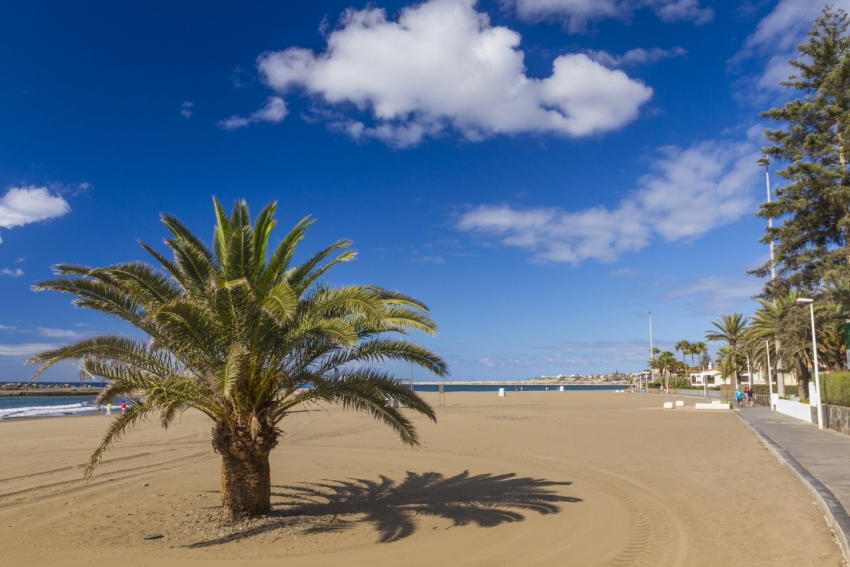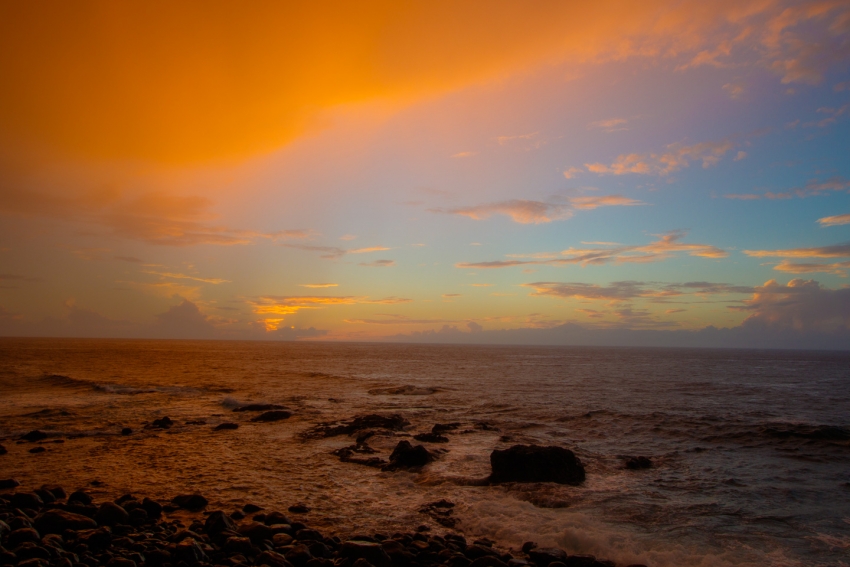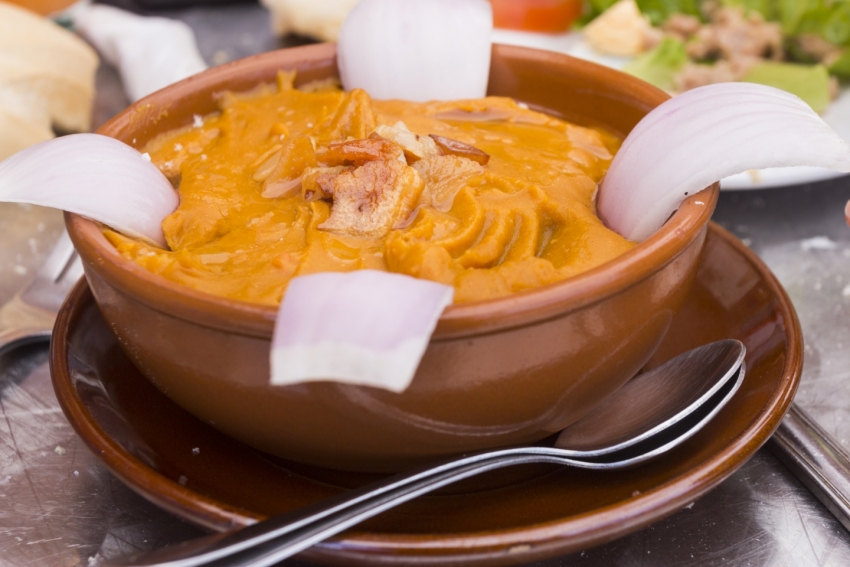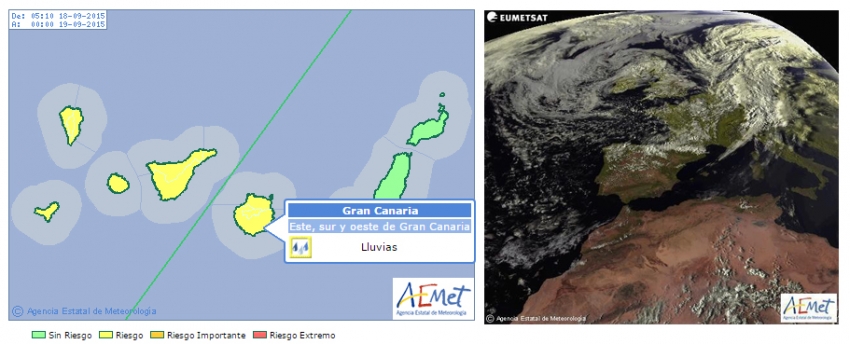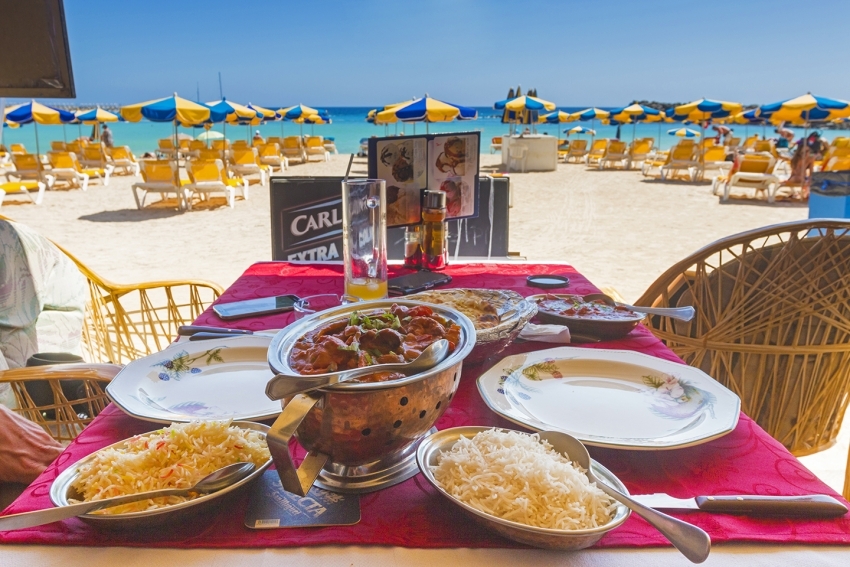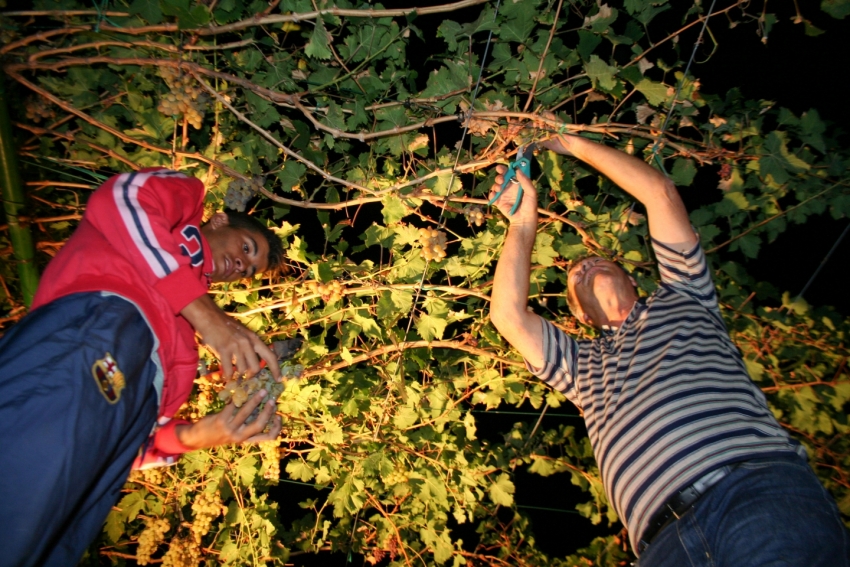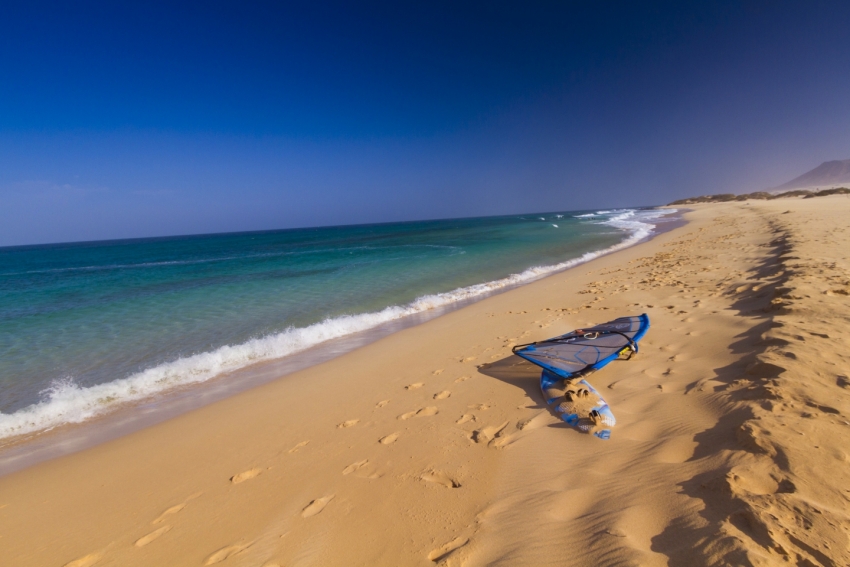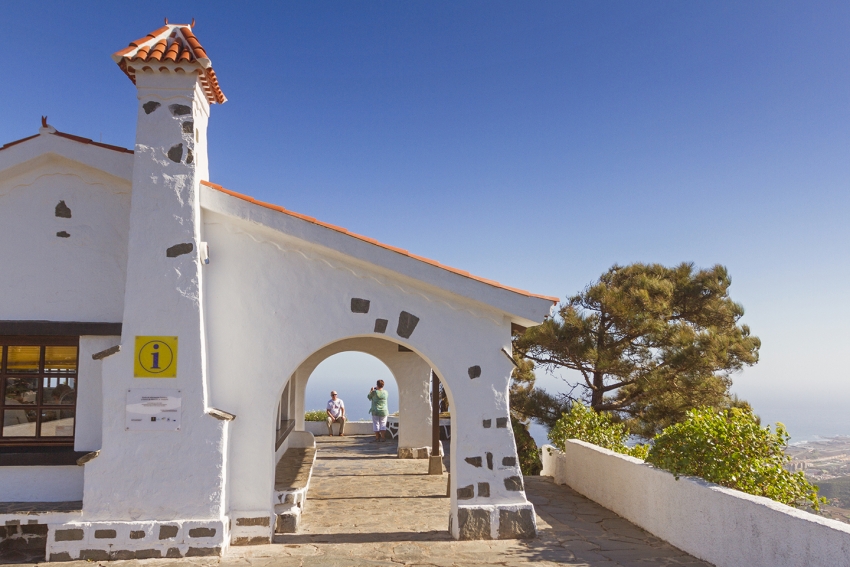The Many Mojos And How to Majar Them
Red mojo or green mojo?
This is always the most answered question on our Facebook page and the red version is slightly more popular. This is probably because it comes on the papas arrugadas (wrinkly popes as they are sometimes translated on local menus). Somehow, red and green are the only two mojo variations that make it onto restaurant tables. But there is far more to mojo than a binary choice.
From red and green to almond and avocado
Almond mojo is made from garlic, pimentón and peeled almonds pounded with olive oil in a pestle ands mortar. In La Palma they add smoked cheese to green mojo, in El Hierro fresh cheese to red mojo. In La Gomera they add hard cheese to the mojo and and call it almogrote.
Then there's the superb but rarely made mojo de aguacate based on avocado, herbs, green chili and cumin. Even with the standard red and green versions, every family has their own mojo recipes.
Oregano in the green? Parsley! What about tomato in the red? Roasted tomato! Are you crazy? That is not traditional! It is in my village!
The only thing people can agree on is that the best version is made by their gran.
The truth is that mojo isn't about the exact amount of chili, spice or vinegar in the mix. It's about the effort you put into mixing it.
Throw all the ingredients into a blender and after a good blitz you get a passable mojo. But for a great sauce use a big, stone pestle-and-mortar and spend a good 15 minutes majando el mojo; grinding everything together as you gradually add the oil. The constant mixing emulsifies the oil and garlic and really gets the chili and spices infused. Mojo that is majado looks different too; thicker and textured rather than runny and homogenous. Like lava rather than ketchup.
To make an ever richer mojo, add avocado...
Avocados and the Canary Islands
Avocadoes are from Central and South America and arrived in the Canary Islands centuries ago. Canarians were eating them in salads long before the brunch revolution made them a supermarket staple. As a kid I had avocado and jamon Serrano bocadillos for school lunch.
So mojo de aguacate isn't just a reworking of guacamole to hitch Canarian food to the avo bandwagon. It's a bona fide Canary Islands recipe made by local grannies for generations.
It's also delicious!
Mojo de aguacate: The recipe
I'd like to say that this is my gran's mojo de aguacate recipe but she was from Liverpool. Nana made a mean apple pie but never really dabbled with garlic and only ate avocadoes halved with Worcestershire sauce in the hole.
So instead this is my mojo de aguacte recipe honed during the lockdown and tested on two fussy kids.
You need...
- A large avocado (a ripe Haas variety with the crinkled skin is best; check ripeness by wiggling the stump of the stalk. If it falls off easily, the avocado is ripe).
- A mixed bunch of coriander and parsley (one or the other is fine too)
- 1 large clove of raw garlic
- 100 ml olive oil (a light extra virgin oil is best)
- 25 ml of red wine vinegar
- Teaspoon of coarse salt (the coarser the better for the majada).
- Teaspoon cumin (lightly toasted to bring out the flavour)
- One spicy green chili like a Habañero or a Thai chili (to taste)
- Lemon juice
Remove the avocado flesh and chop roughly. Chop up the parsley and coriander. Grind the remaining ingredients in a pestle and mortar (blender on pulse mode if you must) as you add the oil. Add the avocado and herbs and mix into a rough paste. There's no need to grind the herbs but it helps to bash them a bit to get ther flavours out.
Add a squirt of lemon juice to stop the surface from browning (especially if storing for later).
Serve as a dip with veggies, or as a dressing for fish.
May the mojo be with you!
La Palma Island Will Be Stable For 1000s Of Years (So No Megatsunami)
The UK and European press are full of crazy stories about how La Palma island is about to erupt and cause a catastrophic tsunami. Here are the facts that you need to know about the Cumbre Vieja volcano.
Stop Blue Monday With Happiness
The Canary Islands want to stop the third Monday in January from being called Blue Monday and they've created a whole campaign that allows everybody to help.
Canary Islands Set For Growth In 2016
Ratings agency Moody's predicts growth of 2.8% in 2016; the third-fastest rate of growth amongst Spain's regions.
Canary Islands Accent Voted The Sexiest In Spain
The Canarian accent, with its strong Caribbean and South American influence, is the sexiest in Spain, according to a Tripadvisor vote.
Gran Canaria Weather: The Worst Has Passed
The worst of the bad weather that walloped Gran Canaria over the last five days is over, although we may get the odd strong shower today.
The latest on the GranCanaria weather. There could well be more rain tonight and tomorrow but things are likely to improve after the weekend.
Posted by Gran Canaria on Saturday, October 24, 2015
Gran Canaria, Canary Islands, Expecting Wet End To The Week
A low-pressure system currently building over the Atlantic Ocean to the northwest of the Canary Islands looks likely to produce wind and rains towards the end of the week.
Gofio: The History & Origins Of An Ancient Canary Islands Food
Papas con mojo are the most famous Canarian dish, but gofio flour is the food that Canarians think of as their own. But rather than a unique Canary Islands food, gofio is a link between the islands and places all over the world.
Rain Alert Surprises Roasting Gran Canaria
After a roasting hot week, the Spanish weather service has put the Canary Islands on Yellow Alert for rain today.
Tip Of The Day: How Much To Tip In Gran Canaria
Tipping in Gran Canaria and all over the Canary Islands is straightforward and the rules are the same for locals and tourists.
Exceptionally Cold Winter To Cause Deluge Of Visitors To Gran Canaria
Britian and Northern Europe could be heading for an exceptionally cold winter thanks to the powerful El Niño event brewing in the Pacific Ocean.
The Best Canary Islands Wines To Drink With Curry
Canary Islands wines have the intensity and fruit to stand up to a good curry so if you feel like a takeaway, then look out for these bottles in the shops.
The Storm-Free Canary Islands
While destinations like Florida and Thailand get tropical storms, the Canary Islands have only experienced one in 100 years.
Hooray: The Canary Islands Grape Harvest Starts Any Day
The wine grape harvest, the earliest in the Northern Hemisphere, is due to start any day. Vineyards expect a bumper harvest.
No Weekend Heatwave Expected In The Canary Islands
While Spain is expected to swelter in 40ºC heat over the weekend, Gran Canaria and the Canary Islands will be no hotter than normal for the time of year.
Newly Discovered Islands Prove That The Canary Islands Are 100 Millon Years Old
There's more to the Canary Islands than the existing seven islands: Scientists have just discovered a whole set of ancient islands just to the south.
Spanish Air Traffic Control Strikes This Week: Minimal Disruption Expected
Despite silly newpaper headlines about "travel chaos", Spanish air traffic control strikes this week are largely symbolic and not expected to cause significant delays.
Ever Tried Canary Islands Banana Wine?
When we found Platé banana wine, we just had to try it. What could be more Canarian than wine made from bananas?
The Top 10 Beaches In The Canary Islands
As Canary Islands photographers we've visited most of the 500 beaches in the archipelago. It's tough to narrow them down to a Top Ten so we cheated a bit, but here's our pick of the best places in the Canaries to spend a day on the sand.
It's Official: Gofio Is Good For You:
Gran Canaria Info recommends:
- Default
- Title
- Date
- Random




